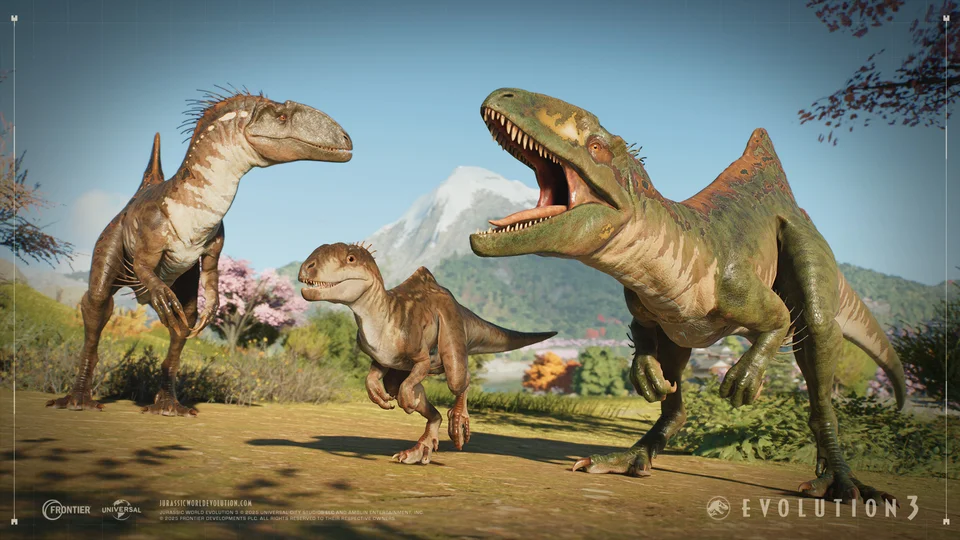Concavenator
Con-ca-ven-ah-torName meaning: Cuenca hunter
Time Period:Barremian (Early Cretaceous) 125 Mya
Locations: Spain-La Huérguina Formation
Taxonomy:Theropoda-Carcharodontosauridae
Subspecies: C. corcovatus
Characteristics ~ ~ ~ ~
Concavenator is one of the most unique Carcharodontosaurids, smaller than average only around 16-20 feet long and 710 to 880 pounds. But what really sets him apart are the elongated vertebrae that formed an odd small sail or hump. It makes Concavenator immediately distinguishable, with a very recognizable silhouette the hump was likely for display, one outdated theory suggests it shared features to camels who used their humps for storing water and fat. Concavenator had well developed arms with 3 digits and quill knobs on its ulnas. They are a point of attachment for feathers and quills that Concavenator had despite being very distantly related to other species that had them being birds and Avian dinosaurs… They most likely supported quills but the quill knobs may be misinterpreted muscular scaring. The La Huérguina Formation in the Early Cretaceous was tropical and arid. Concavenator potential prey would have been the hadrosaur Mantellisaurus and the ornithomimid Pelecanimimus.



History & Fossils ~ ~ ~ ~
Concavenator was discovered and described by paleontologists Francisco Ortega, Fernando Escaso, and José Luis Sanzin 2010 with specimen MCCM-LH-6666. It’s a nearly complete specimen in amazing condition even having skin impressions on the feet and tail. All depictions of Concavenator use this skeleton as a reference as it is currently the only known material for Concavenator.


Media Deptictions ~ ~ ~ ~
Jurassic World Evolution 2 Added in the Cretaceous Predator Pack along with Utahraptor, Gigantoraptor, and Tarbosaurus. Concavenator was considered to be the most requested species to be added to the game, and it did not disappoint a feisty carnivore that is difficult to contain but popular with the guests. requiring lot’s of water and forests in it's enviorment. Watchout because it can climb over level 5 fences if disatisfied try to use level 4 fences instead, the electricity will deture it beter. It has mostly darker colored patterns. it features quills on the arms and back of the head. And is going to be in the Deluxe Edition of Jurassic World Evolution 3

